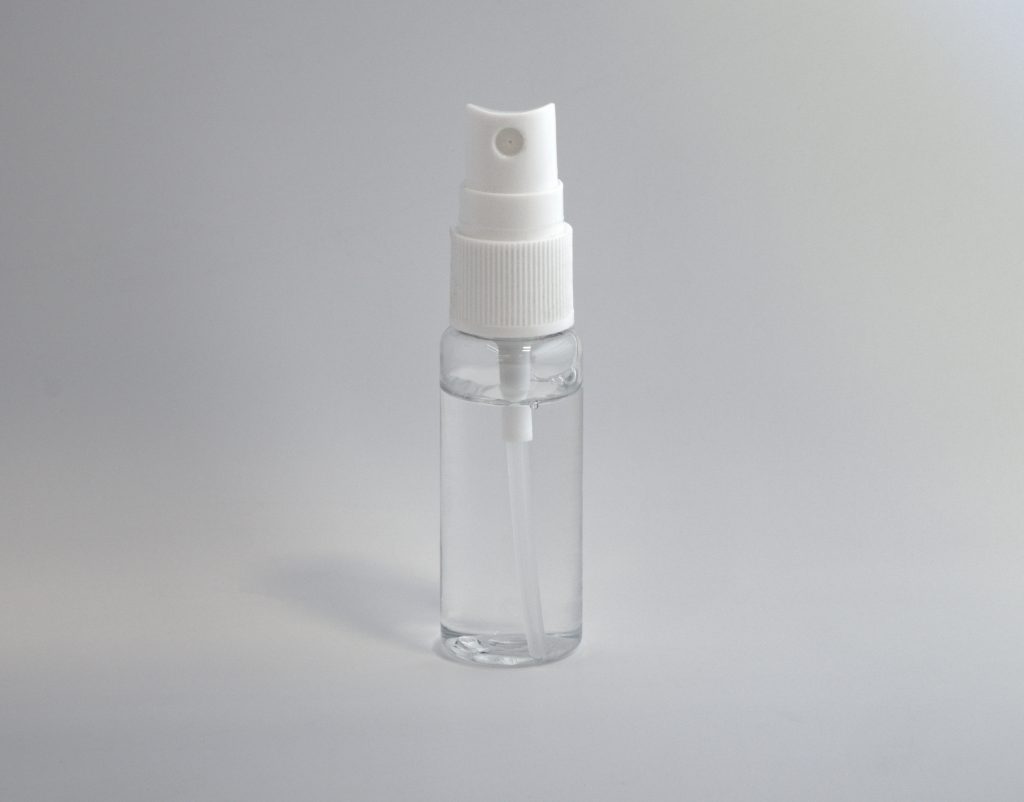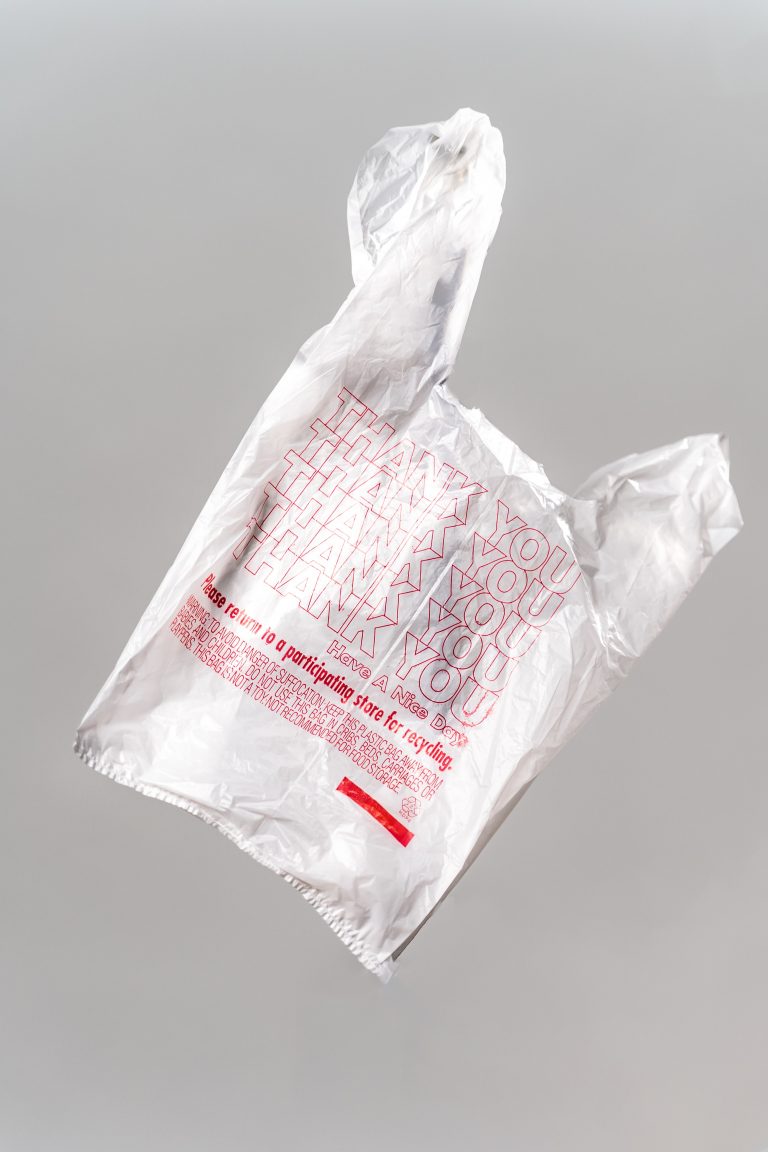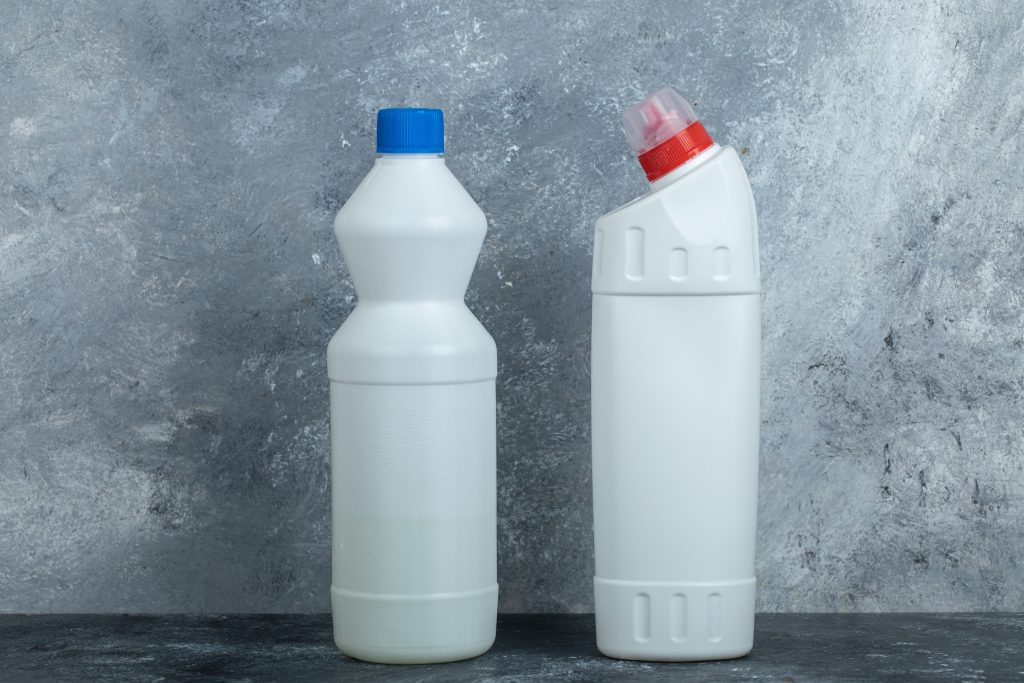In 1970, Gary Anderson created the famous symbol used to indicate that a product is recyclable- three arrows chasing each other in a loop. The design is easily recognizable, but have you ever flipped the empty plastic product over and looked at the recycling symbol closely? If you have, you have probably seen that there is a number at the center of the three arrows. Most people are unaware that the number is actually an indication as to what kind of plastic the product is made of. This is known as an “RIC Code”. Indeed, there are different types of plastic and each type has different recycling requirements; they cannot be recycled interchangeably.
There are a vast amount of plastics that are utilized, however, there are only seven that people interact with on a regular basis. If you have ever indiscriminately thrown plastic products into the recycling bin, don’t beat yourself up over it.
A lot of people are unaware that those seven types of plastics have unique qualities that alter the recycling process. But why is it important to recycle our plastic properly? On a global scale, only 9% of the plastic waste humanity produces is properly recycled. Recycling in general results in less greenhouse gas emissions, reduces water and air pollution, and helps conserve our resources. Since the seven types of plastic cannot be recycled interchangeably, those who don’t sort their recycling properly don’t actually recycle at all, as the material will likely be taken to a landfill.
We understand that learning about the different types of plastic can be a daunting task, so we have created a guide on the seven common types of plastic and if possible, how they can be recycled.
1) Polyethylene Terephthalate

Photo by Unsplash
– Polyethylene Terephthalate (PETE/PET) is first on our list. The name may seem unfamiliar, but it is a common polyester that is durable, lightweight, and typically transparent. You have definitely seen this type of plastic on your runs to the grocery store; think about packaging for shampoo/conditioner bottles, salad dressings, cooking oils, liquid soap… it’s even used for tennis balls. Talk about versatility!
– PETE is actually 100% recyclable and can be tossed in the recycling bin at home or in your nearest recycling facility. PETE can be recycled into new plastic jars/containers, clothing, carpets, winter attire, and construction materials. This further proves its diverse functions and the benefits that come with recycling it.
2) High Density Polyethylate

Image by Freepik
– High Density Polyethylene (HDPE) is another popular polymer that is commonly used in a lot of the products you may have seen, such as milk jugs, certain bottles and caps, and garden containers . HDPE is typically flexible and weatherproof, making it a reliable choice for containers that need to be able to withstand some wear and tear. It’s because of these qualities that allows HDPE products to have handles built into the container; like the handle of a milk jug.
– HDPE is recyclable, however plastic bags and wraps need to be taken to your nearest local retail store for proper recycling. Be sure to check with stores near you to see if they accept your recyclable materials. HDPE containers, like milk jugs and bottles can be recycled by curbside pickup services. Before recycling these containers, be sure to check for a “remove paper label” sticker. If the paper label on the container is left on the HDPE container before it gets sent to the recycling facility, it could disrupt the recycling progress.
3) Polyvinyl Chloride

Image by Freepik
– Polyvinyl Chloride (PVC) should ring a bell if you have ever worked in construction. PVC is used in the production of pipes, wiring, floors, and windows. It is a common thermoplastic polymer relied upon for its availability, tensile strength, durability and lightweight qualities. Don’t be intimidated by the word “thermoplastic”; it is simply referring to how it responds to heat.
– PVC is one of the more difficult plastics to recycle, however it is possible. You would need to look for a local recycling center and discover if they can recycle any PVC plastic that you may have. Another method of recycling PVC is donating it to charities who could use any leftover PVC you may have to help build homes for the less fortunate.
4) Low Density Polyethylene

Photo by Unsplash
– We have talked about High Density Polyethylene, and despite having similar names, Low Density Polyethylene has a different usage and recycling methodology. Low Density Polyethylene (LDP) is very common polymer that you have definitely seen. It’s a semi-translucent, lightweight, flexible, and soft polymer that makes it ideal for pliability and minor stretching. LDP is used in the creation of grocery bags, plastic wrap, and squeeze bottles.
– LDP can be recycled, however it can only be done through local retail stores. Be sure to check with stores near you to see if you can donate your clean, dry LDP plastic to them.
5) Polypropylene
– Polypropylene (PP) is another thermoplastic known best for its rigidity, durability and general resistance to water and chemicals. This makes it popular as a container for chemicals, first-aid products, and bleaches.; making it another product you would see at your local retail store. It can even be used in the production of ropes, carpets, upholstery, and camping equipment. It’s because of this durability that PP is so wildly used in different industries today.
– PP technically can be recycled, however it is difficult to do so because of how cost-inefficient it is. This cost inefficiency makes retailers and other companies reluctant to take on the task of properly categorizing and recycling PP. With that being said, it can be done. Check to see if there are local PP recyclers in your area to see if they can take the plastic off your hands.
6) Polystyrene

Photo by Unsplash
– Polystyrene (PS) is a polymer that can be found in a lot of modern home appliances, such as foam, refrigerators, microwaves, and dishwashers. It’s utilized for its ability to flexural strength, moisture resistance, and its reliability as an electric insulator. It can also be used in the production of carpets, upholstery, and clothing.
– PS is another plastic that can be recycled, however its chemical and physical makeup make it extremely difficult for it to be recycle under normal circumstances. Another difficulty is the fact that a lot of PS plastics are used as components for much larger appliances. However, there are drop off sites where they can take PS when it’s in its foam form.
7) Miscellaneous

Photo by Unsplash
– This basically means that there is a hodge-podge of different recyclable materials in there, making it incredibly difficult to recycle because of the uncertainty that comes with it. Products labelled as ‘miscellaneous’ on packaging can include certain automotive parts, baby bottles, and sunglasses.
– As mentioned before, products with the RIC Code ‘7’ range in its physical and chemical makeup, making it the most difficult plastic to recycle. Because of this, it is important to check with whichever county that you currently reside in if your miscellaneous plastics can be recycled.
Understanding The Impact You Have
As mentioned previously, only 9% of the plastic waste humanity produces globally is properly recycled. One reason for the mismanagement of how plastics are handled is lack of knowledge. Most people are unaware that RIC Codes mean something; they simply see the recycling symbol and assume it can all be recycled the same way. But now, you are equipped with the knowledge to recycle or reuse your plastic better. If the task of recycling proves to be too difficult, then there is always the option to reuse or donate the product. We hope this blog provides you with the means to make better, more informed decisions one day at a time.
Sources
https://www.mtsu.edu/cee/3Rs.php#:~:text=The%20original%20recycling%20symbol%20was,the%20Container%20Corporation%20of%20America.https://www.itsnicethat.com/features/response-and-responsibility-gary-anderson-two-degrees-graphic-design-100719https://www.thesca.org/connect/blog/how-recycle-and-why-you-should-do-it/https://plasticoceans.org/7-types-of-plastic/https://lbre.stanford.edu/pssistanford-recycling/frequently-asked-questions/frequently-asked-questions-benefits-recycling#:~:text=A%3A%20It%20conserves%20energy%2C%20reduces,and%20reduced%20landfill%20by%2035%25.http://www.petresin.org/news_introtoPET.asphttps://www.proenvironmentalltd.co.uk/how-to-recycle-the-7-types-of-plastichttps://www.bpf.co.uk/plastipedia/polymers/HDPE.aspx#:~:text=Flexible%2C%20translucent%2Fwaxy%2C%20weatherproof,low%20cost%2C%20good%20chemical%20resistance.https://how2recycle.info/sdohttps://www.plasticsforchange.org/blog/different-types-of-plastichttps://www.creativemechanisms.com/blog/everything-you-need-to-know-about-pvc-plastichttps://www.bpf.co.uk/plastipedia/polymers/PVC.aspxhttps://www.ecomena.org/recycling-pvc/https://www.pvcfittingsonline.com/resource-center/how-to-properly-dispose-of-pvc/https://www.curbellplastics.com/Research-Solutions/Materials/LDPEhttps://adrecoplastics.co.uk/polypropylene-uses/#:~:text=In%20its%20fibre%20form%2C%20polypropylene,effective%20for%20the%20marine%20sector.https://www.intcorecycling.com/How-To-Recycle-Polystyrene.htmlhttps://www.oecd.org/environment/plastic-pollution-is-growing-relentlessly-as-waste-management-and-recycling-fall-short.htm









